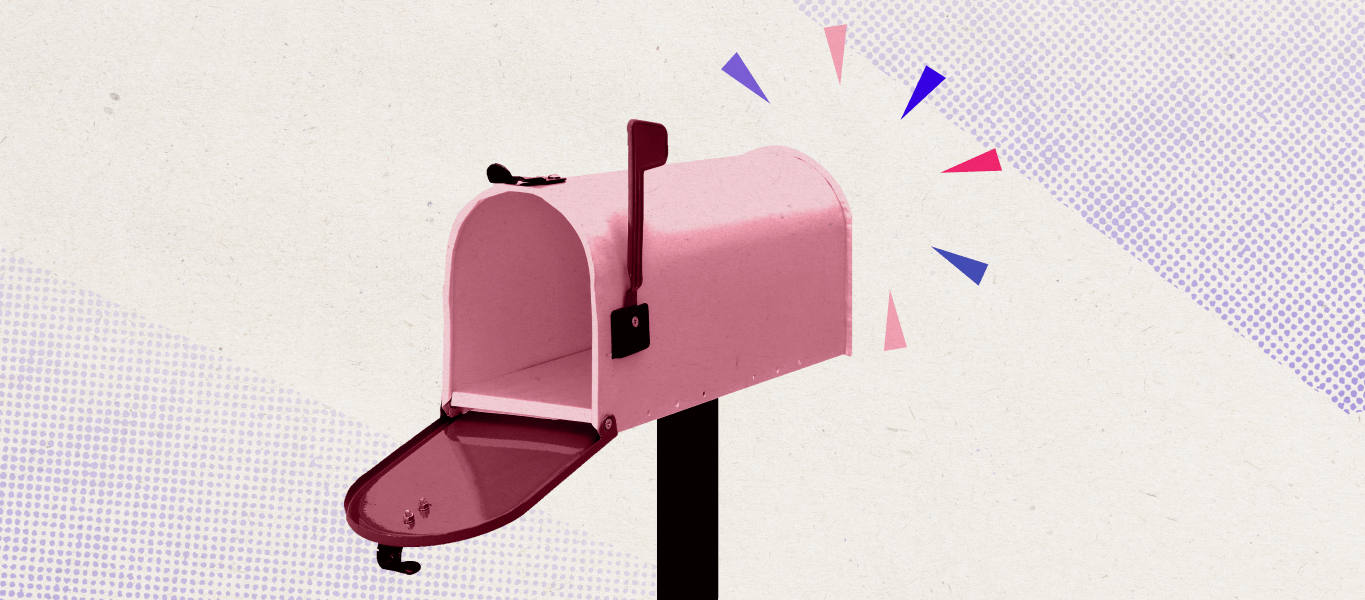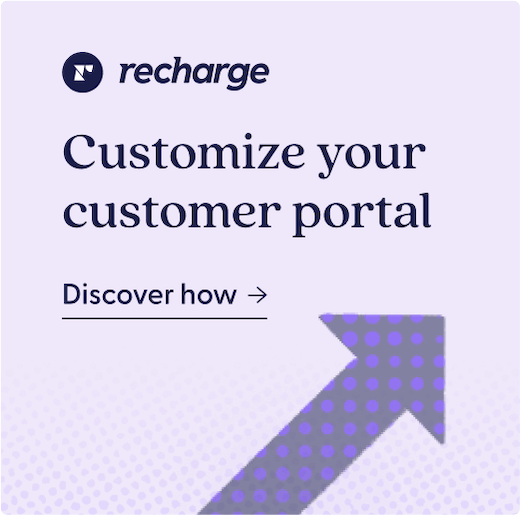In this blog series, we’ve covered everything from social media platforms to community forums and customer portals. But customer content doesn’t stop there. Email newsletters are an impactful way for merchants to reach their customers regularly, sharing useful information and promoting engagement with their brand.
As a more targeted form of content, email newsletters can be tailored to sway prospective customers to make a purchase, and keep current customers engaged with your brand. Today we’ll share an overview of newsletters, plus a few tips for DTC brands looking to enhance their email communications.
Key takeaways
- Email newsletters are a great channel for brands looking to keep current customers informed and engaged.
- Capturing emails for prospective shoppers is a great way to eventually turn them into purchasing customers.
- Mixing media and creating engaging content within your email newsletter, plus sending it at the right time, can lead to a successful newsletter strategy.
What makes an impactful newsletter?
Email newsletters are a powerful way to reach your audience regularly and in a more personal way, directly to their inbox. When delivered at a regular cadence, they can be a useful tool for sharing information about products and keeping customers engaged with your brand.
Merchants can utilize their email newsletters for:
- Sharing helpful product information
- Previewing upcoming sales
- Promoting engagement with your brand’s other content channels
A successful newsletter is one with a high open rate, and high conversion rates thanks to the links placed within the email. Below, we’ll get into the different audiences for your newsletter and how to tailor your content to each of them.

Who is the typical audience for newsletters?
Email newsletter audiences will typically fall into two categories: current customers and prospective customers. Collecting email addresses from anyone who visits your website is an effective way to capture prospective customers and communicate with them in the hopes of turning them into loyal, purchasing customers.
Current customers
Your email newsletter for current customers is the perfect way to keep customers up to date on what your brand is up to—including new product launches, sales, and exciting features or mentions. It’s an excellent way to drive traffic to your blog or social media sites and remind customers to make another purchase.
Prospective customers
For prospective customers, merchants can shift their newsletter content to focus on sharing more information about their brand and mission, their products or services, and how prospective shoppers can benefit from shopping with them. Merchants should consider including:
- Links to blogs or FAQ pages with more information about their brand and products
- Upcoming sales or deals that shoppers could take advantage of
- Details about loyalty or membership programs
- Other initiatives your brand is participating in, like donating proceeds or a mission that’s important to your company
4 email newsletter tips for DTC brands
As emails are one of the more personal forms of communication that brands can have with their customers, it’s crucial to test and hone your email marketing strategies so that you have high open rates and can convert more customers.
Plus, with emails in conjunction with your other content streams, you’ll be able to create the kind of all-encompassing brand experience that customers expect today.
1. Share relevant content from across channels
Your email newsletter is a great way to cross-promote your own content. Merchants can consider creating a theme for each newsletter, then curating content based on that theme. Or, simply pull in content that your customers will find useful and interesting. Consider including links to:
- Relevant blog posts
- Press mentions
- Social media posts
- Videos
- Product pages or bundle options
By cross-promoting, you can increase engagement across all of your communication channels while sharing relevant information that customers might have missed. For example, a merchant could promote one of their posts from Instagram, leading shoppers to then follow them on that platform by following the link placed in the email. Or, they could share a link to join their online community and give customers access to even more content from their brand. These opportunities will allow you to gain more touch points with your shoppers and create a better brand community.
2. Find the right cadence & messaging
Email marketing is both an art and a science. Merchants should utilize A/B testing to ensure they’re having the most success with the emails they send. Try out different wording, like subject line phrases, to see which resonates best with your audience. Vary how much text you include and your image placement—some demographics might be more inclined to read than others. Study your target demographic and see what works best for them.
Figuring out how often to send the newsletter is important too—send it too often and it might be ignored in your customers’ inboxes. Once you find the sweet spot, stick to it. But, always continue checking analytics to ensure the newsletter’s continued success. Customer patterns could change in terms of how they respond to email and how often they like to receive it.
3. Include helpful information
Your newsletter is the place to share product and store information you want your customers to know. For example, Blume included new product info in one of their recent newsletters. They’ve added another product in their “Meltdown” line, which customers can now buy as a bundle together. As they mention below, it’s become a best-selling pair.
Customers who receive this newsletter will be curious to see what all the hype is about—and by clicking “read more,” they’ll be one step closer to engaging more deeply with Blume’s content, furthering their relationship with the brand.

4. Mix mediums
Images, text, video clips—email newsletters can hold it all. Don’t be afraid to mix mediums to make your newsletter appeal to your brand’s target audience. After all, you want this email to be something exciting in their inbox that entices them to open and read it.
Blume included a short video clip from Instagram in their newsletter, highlighting an in-person event they had. This is a great example of cross-sharing content from social media that customers might be interested in—making it even easier for them to engage with your brand. And maybe even attend your next event.

Successful email strategies, straight into customer’s inboxes
Email newsletters are a crucial part of many ecommerce merchants’ content marketing strategies. With just the right mix of art and analytics, brands can ensure customers are excited to open the newsletter every time it hits their inbox. Plus, they can even convert prospective customers who start receiving email communications.
As customers get more and more emails, merchants have to perfect how often they’re sending communication and make sure that when they do, it’s valuable content they will appreciate.



